Select an Orthopaedic Specialty and Learn More
Use our specialty filter and search function to find information about specific orthopaedic conditions, treatments, anatomy, and more, quickly and easily.
GET THE HURT! APP FOR FREE INJURY ADVICE IN MINUTES
Shoreline Orthopaedics and the HURT! app have partnered to give you virtual access to a network of orthopaedic specialists, ready to offer guidance for injuries and ongoing bone or joint problems, 24/7/365.
Browse Specialties
-
- Foot & Ankle
- Sports Medicine
Achilles Tendon Rupture
An Achilles tendon rupture is a complete or partial tear that occurs when the Achilles tendon is stretched beyond its capacity. Forceful jumping or pivoting, or sudden accelerations of running, can overstretch the tendon and cause a tear. An injury to the tendon can also result from falling or tripping.
More Info -
- Joint Disorders
- Knee
Articular Cartilage Restoration
Articular cartilage can be damaged by injury or normal wear and tear, resulting in a joint surface that is no longer smooth. Damaged cartilage does not heal itself well, so doctors have developed surgical techniques to stimulate the growth of new cartilage. This procedure is used most commonly for the knee and most candidates are young adults with a single injury or lesion. Restoring articular cartilage can relieve pain, allow improved function, and delay or prevent the onset of arthritis.
More Info -
- Joint Disorders
- Ligament Disorders
- Muscle Disorders
- Shoulder
Chronic Shoulder Instability
Chronic shoulder instability is the persistent inability of these tissues to keep the arm centered in the shoulder socket, so the shoulder is loose and slips out of place repeatedly. Once a shoulder has dislocated, or the shoulder’s ligaments, tendons and muscles become loose or torn, that shoulder is vulnerable to repeated dislocations.
More Info -
- Fractures, Sprains & Strains
- Knee
- Ligament Disorders
- Sports Medicine
Combined Knee Ligament Injuries
Because the knee joint relies just on ligaments and surrounding muscles for stability, it is easily injured. Direct contact to the knee or hard muscle contraction, such as changing direction rapidly while running, can injure a knee ligament. It is possible to injure two or more ligaments at the same time. Multiple injuries can have serious complications, such as disrupting blood supply to the leg or affecting nerves that supply the limb’s muscles.
More Info -
- Foot & Ankle
Equinus
When the ankle joint lacks flexibility and upward, toes-to-shin movement of the foot (dorsiflexion) is limited, the condition is called equinus. Equinus is a result of tightness in the Achilles tendon or calf muscles (the soleus muscle and/or gastrocnemius muscle) and it may be either congenital or acquired. This condition is found equally in men and women, and it can occur in one foot, or both.
More Info -
- Fractures, Sprains & Strains
- Sports Medicine
Fractures
A fracture is a broken bone. Although bones are rigid, they do bend with limited flexibility when outside force is applied. When that force is too great, the bone will fracture. Common causes of fractures include: trauma, such as auto or sports-related accidents; osteoporosis, which can weaken the bone; or overuse caused by repetitive motion that can tire muscles and place excess force on the bone, resulting in stress fractures like those most often seen in athletes.
More Info -
- Hand & Wrist
- Joint Disorders
Ganglion Cyst
A ganglion cyst is a fluid-filled mass or lump. Although they can develop in various locations, the most common location is on the back of the wrist. Ganglion cysts are not cancerous. In most cases, ganglion cysts are harmless and do not require treatment. If, however, the cyst becomes painful, interferes with function, or has an unacceptable appearance, several treatment options are available.
More Info -
- Arthritis
- Hip
- Joint Disorders
- Joint Replacement & Revision
Hip Arthritis
Hip arthritis is a leading cause of hip pain and stiffness. Arthritis is the loss of the normal protective cartilage that covers the bones. When this cartilage or “padding” of the bone breaks down and is lost, areas of raw bone become exposed. When large areas of bone are exposed, they grind against each other with standing and walking. This is “bone on bone” arthritis and is usually painful.
More Info -
- Neck and Back (Spine)
- Pediatric Injuries
- Physical Medicine & Rehabilitation (PM&R)
Kyphosis (Roundback) of the Spine
The term kyphosis is used to describe the spinal curve that results in an abnormally rounded back. Although some degree of rounded curvature of the spine is normal, a kyphotic curve that is more than 50° is considered abnormal. There are several types and causes of kyphosis: postural kyphosis, Scheuermann’s kyphosis, and congenital kyphosis.
More Info -
- Neck and Back (Spine)
Preventing Back Pain
Back pain can vary according to the individual and underlying cause. The pain may dull, achy, sharp, stabbing, or it may feel like a cramp, or “charley horse.” The intensity of pain may worsen with certain activities, such as bending, lifting, standing, walking or sitting.
More Info -
- Elbow
- Joint Disorders
Ulnar Nerve Entrapment at the Elbow (Cubital Tunnel Syndrome)
Ulnar nerve entrapment at the elbow, or cubital tunnel syndrome, occurs when the ulnar nerve in the arm becomes compressed or irritated. Although there are various areas where the ulnar nerve can become constricted, such as at the collarbone or wrist, it occurs most commonly behind the inside of the elbow.
More Info -
- Fractures, Sprains & Strains
- Hand & Wrist
Wrist, Scaphoid Fracture
Fractures of the scaphoid occur in people of all ages. This fracture often happens as a person tries to break a fall and lands on an outstretched hand with the palm bearing most of the weight. Automobile accidents and sports injuries are also frequent causes.
More Info

